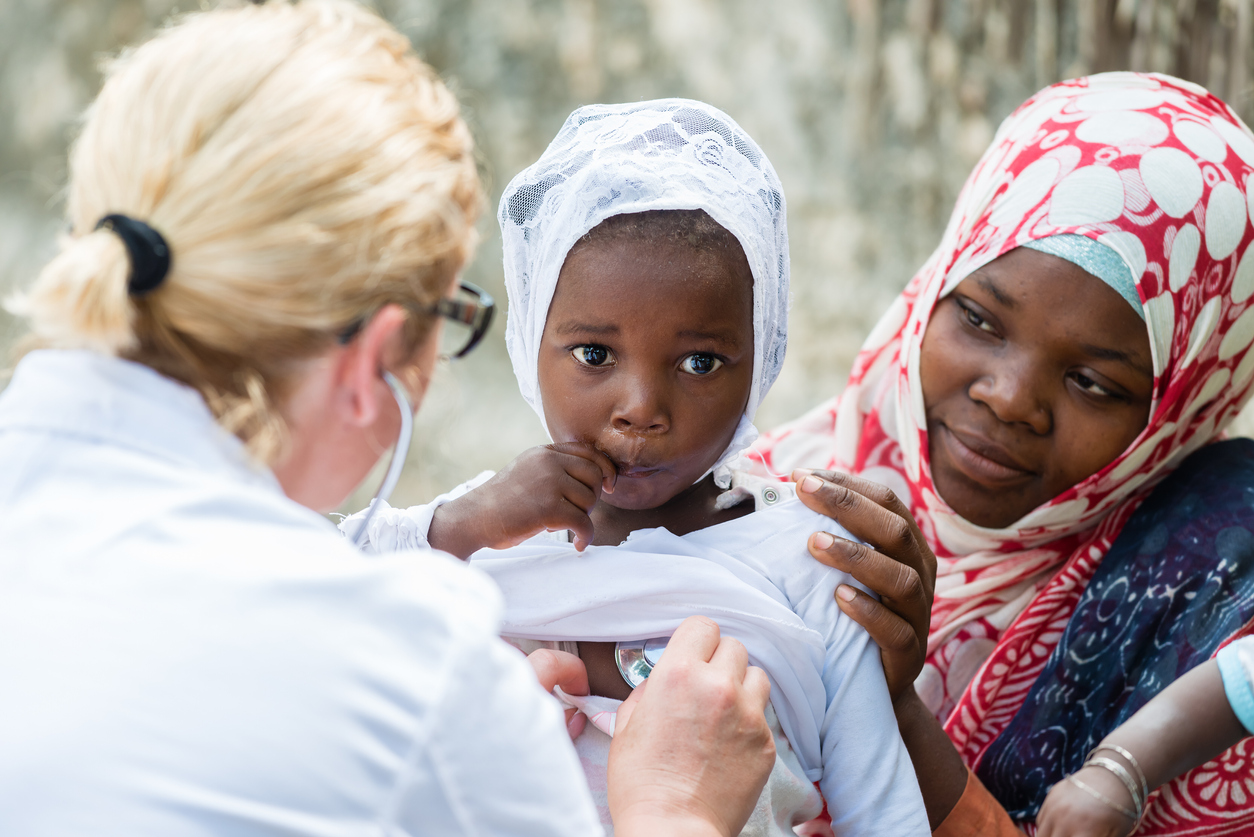National Public Health Week

About the Author: Amber Hogan Mitchell, DrPH, MPH, CPH is the President and Executive Director of the International Safety Center and has served on the Board of Directors for the Healthcare Surfaces Institute since its inception.
April 1 kicks off National Public Health Week (#NPHW) in the U.S.
It is a week dedicated to improving the health and safety of the communities where we live and work. It’s a week for re-focusing our efforts as stewards of health to advocate for positive change not only in the realm of public and population-based health, but also in healthcare.
Each day between April 1 and April 7 will have a different theme to draw attention to a specific public health need. At the Healthcare Surfaces Institute, we applaud the efforts of the American Public Health Association (#APHA) and want to highlight the impact we can collectively have in improving the way that our nation thinks about the way #SurfacesMatter in healthcare and how that can impact public health.
-
Monday — Healthy Communities
-
Tuesday — Violence Prevention
-
Wednesday — Rural Health
-
Thursday — Technology and Public Health
-
Friday — Climate Change
-
Saturday and Sunday — Global Health
Focus on Healthy Communities
For Monday’s public health topic – “Healthy Communities” – we address how improving the health of communities is directly impacted by the way we all interact with the surfaces in our environment and more specifically those in-patient care settings.
Did you know…
- That at any one time in the United States, 1 out of every 25 hospitalized patients are affected by a healthcare associated infection (HAI)?
- That Healthy People 2020 reflects the commitment of the U.S. Department of Health and Human Services (HHS) to prevent HAIs?
- That many of these infections can be caused by surfaces that are contaminated in patient and health care environments?
- That many of these are preventable?
While HAIs are typically categorized as infections occurring from patient exposure to multidrug resistant organisms, like Methicillin resistant Staphylococcus aureus (MRSA), as a result of having an indwelling catheter (e.g., central line, urinary catheter), they can also occur with viruses like flu or norovirus, or with spores like Clostridium difficile (C. diff). In fact, community health can be most compromised during times of the year when illness rates are high – like flu season. It is markedly during these times that we need to reflect on the importance that contaminated surfaces play in perpetuating microbial transmission.
While only a small percentage (<10%) of Americans will be hospitalized in any given year, 125.7 million will have an outpatient or clinic visit which means that 41 out of 100 people in the U.S. may potentially be impacted by potential microbial contamination of surfaces in a clinical environment. This can be especially true during flu season when people are visiting clinics and doctors offices when they or their families seek medical care because they feel ill.
High Touch Surfaces
As new cases of flu are still being diagnosed, meaning we may have an especially long flu season, focusing on cleaning and/or disinfecting environmental surfaces is critically important to reduce transmission of the disease. Typical “high touch” surfaces that need careful focus in halting transmission in clinic-based settings include sinks, faucets, doorknobs, handrails, chair or couch arms, reception countertops, and more. In acute care hospital settings, where people may be especially susceptible to illness or infection because their health is already compromised, can include those listed above, in addition to bed rails, over bed tables/trays, upholstery, patient care items like infusion pumps and wheelchairs, and so much more.
Ultimately, as we think about improving the health of our communities, we must remain focused on what role the surfaces we interact with in and outside of healthcare play in the spread of pathogens that cause infectious disease. This is true not just as we enter healthcare environments as patients, but as workers, visitors, and volunteers.
Collaboration Is Key
For day one of #NPHW, to best improve the health of our communities, we encourage collaboration to evaluate and understand all aspects of the role surfaces play in transmitting pathogens that cause infection and illness. This includes groups coming together with varied interest and expertise, including those with a collective understanding of the patient care process, insight into human behavior, microbiology, cleaning and disinfection, occupational health, infectious disease, and infection prevention as well as patient and public health advocates. Currently, the Healthcare Surfaces Institute is the only organization in the world that is laser focused on healthcare surfaces and finding or creating solutions to the spread of infections.
It is only by coming together that we have the greatest public impact on health and life.
To learn more about the work of the Healthcare Surfaces Institute and find out how you can help, visit: https://www.healthcaresurfacesinstitute.org/
About the Author
Amber Hogan Mitchell, DrPH, MPH, CPH has served as a Board of Director for the Healthcare Surfaces Institute since its inception because their mission to fight the spread of infections via healthcare surfaces so closely aligns with her own professional goals. Amber is the International Safety Center’s President and Executive Director. The Center distributes the Exposure Prevention Information Network (EPINet®) to healthcare facilities to measure occupational exposures to infectious diseases and hazardous drugs. Dr. Mitchell’s career has been focused on preventing occupational illness and infection in healthcare. She has worked in the uniformed services, public, private, and academic sectors. Dr. Mitchell was the first OSHA National Bloodborne Pathogens Coordinator and has received several Secretary of Labor Awards. She holds a Doctor of Public Health from the University of Texas and an MPH from The George Washington University. She is certified in Public Health. Dr. Mitchell is the 2019 Chair of the Occupational Health and Safety Section of the American Public Health Association. Dr. Mitchell’s professional website: www.internationalsafetycenter.org

